
Accurately measuring and quantifying the perception of color is an ongoing challenge for scientists, but understanding spectroscopic techniques can help standardize color measurements.
Steven G. Buckley, PhD, is the General Manager of the Applied Systems business at Ocean Insight, an affiliate associate professor at the University of Washington, and has started and advised numerous companies in spectroscopy and in applications of machine learning. He has approximately 40 peer-reviewed publications and 6 patents. His work in practical optical spectroscopy, such as LIBS, Raman, and TDL spectroscopy, dovetails with the coverage in this column, which reviews methods (new and old) in laser-based spectroscopy and optical sensing.

Accurately measuring and quantifying the perception of color is an ongoing challenge for scientists, but understanding spectroscopic techniques can help standardize color measurements.

Controlling methane is one of the highest-impact ways to reduce climate impacts, so its accurate measurement is essential. Spectroscopy offers valuable tools for this task.

The Covid-19 pandemic has led to extraordinary developments of both testing methods and vaccines. Can spectroscopy play a role in next-generation testing for Covid and other pathogens?

Laser-induced breakdown spectroscopy (LIBS) is an ideal method for elemental analysis of geological samples, and has been used by NASA on the Mars rovers. This article details the methodology and the most successful calibration and quantification methods to date.
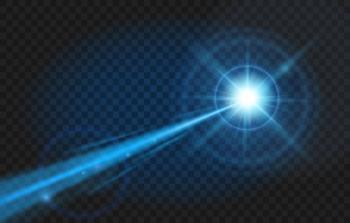
A frequency comb is a laser source, with evenly spaced narrow lines, potentially useful for spectroscopy applications, particularly as a source or for alignment of the wavelength axis.

Tunable narrowband light sources are essential for measuring fluorescence, reaction energetics, and other challenging measurements in chemical, biological, and physical systems. In particular, the optical parametric oscillator (OPO) is an indispensable tool.
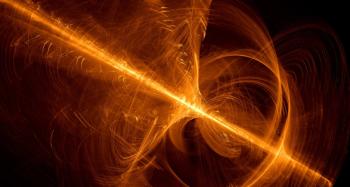
Advances in lasers are expanding the capabilities of LIBS and laser ablation techniques.

On the occasion of Spectroscopy’s 35th birthday, I thought it would be an interesting opportunity to consider the amazing explosion in light sources for spectroscopy over the last few decades.
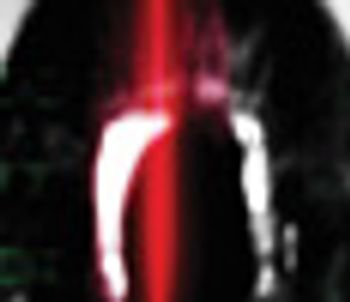
An important class of nanoparticles made of “upconversion” materials has found a central role in sensing. These nanoparticles are used to convert longer-wavelength photons into shorter-wavelength fluorescence to detect temperature, pH, gas molecules, ions, and trace biomolecules.

Lasers allow advances for investigation of biological samples. Discussed here are some of the most interesting recent developments in light sheet microscopy for bioimaging, including a technique that allows for unique viewing of large, intact samples including biopsies.

LIBS has transitioned from a method found only in research laboratories, to a technique in wide use in commercial settings. Several leading LIBS experts share their views on how the technique has developed and where it is heading.
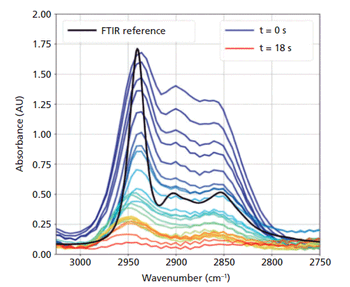
In the near past, discharge lamps, dye lasers, and optical parametric oscillators were the only useful sources for spectroscopy. New broadband sources, such as supercontinuum lasers, laser-driven plasma sources, and high-brightness light-emitting diodes (LEDs), are now available. We look at what these options offer for spectroscopy.

Published: July 20th 2020 | Updated:

Published: April 1st 2022 | Updated:

Published: October 1st 2022 | Updated:
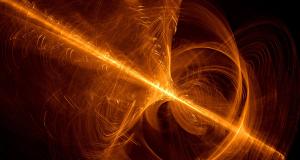
Published: October 1st 2020 | Updated:

Published: October 1st 2021 | Updated:

Published: January 1st 2022 | Updated: